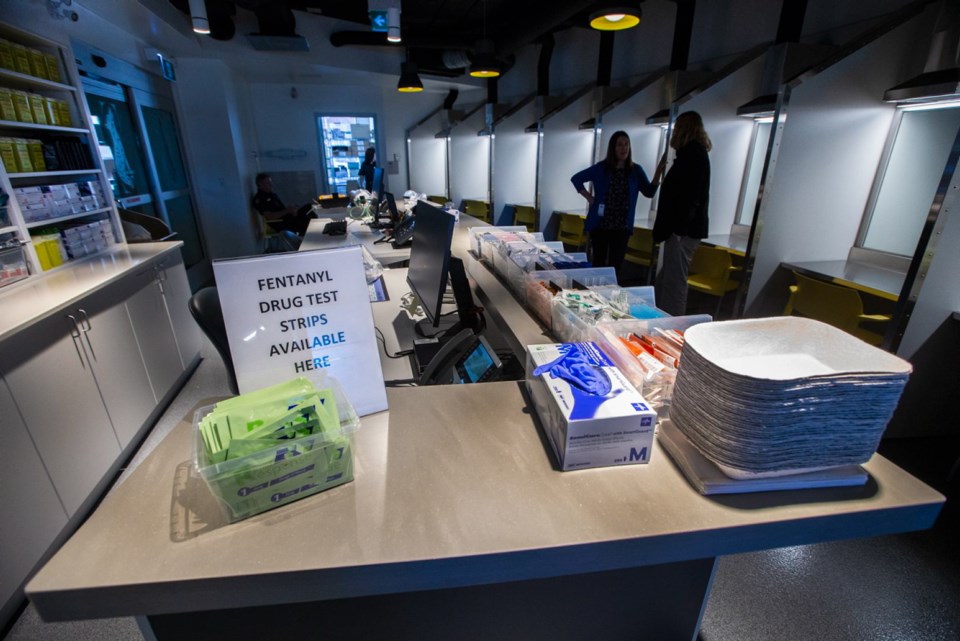Recent days have seen a significant spike in drug overdoses around Greater Victoria. Supervised consumption sites report a doubling of the overdoses they're dealing with.
It's not known what exactly has caused this spike. It could be a batch of more than usually concentrated opioids like fentanyl. Or it might be that a previously unseen contaminant is getting into street drugs.
Nevertheless, this is deeply concerning. Since 2016, fentanyl overdoses alone have accounted for 247 deaths in Victoria, and 3,614 province-wide. The last thing we need is an upward trend in the capital region, even if it is only temporary.
The question is what can be done. A research team led by University of Victoria staff has set up a three-year pilot project aimed at testing the potency of illicit drugs.
Sophisticated chemical analysis equipment has been placed at three locations in Victoria — 1056 North Park St. (SOLID Outreach), 713 Johnson St. (AIDS Vancouver Island) and 820 Cormorant St. (Lantern Services).
Drug users can take a sample of their purchase to any one of these sites and get a free, confidential breakdown of the contents. It may be possible to identify overly potent samples that should not be consumed.
If the project is successful, there are hopes it could be introduced more widely around the province.
Over time, this project will build a historical database that should provide an early warning if lethal doses, new drugs or harmful additives start showing up. With an earlier start it may have been possible to explain the current spike.
Drug-testing strips are also available at the locations above, although they have their limitations. The strips can reveal if a drug sample contains fentanyl, but they cannot measure potency or contaminants.
Since they are cheap — about a dollar or two each —they offer a more affordable and portable alternative to analysis machines. And they can certainly warn a drug user who did not intend to buy fentanyl that the opioid is present.
But if someone meant to purchase fentanyl, strips are not much help, other than to confirm that the purchaser got what he or she wanted.
We need a deeper understanding of this pandemic in our midst. The sa���ʴ�ý Coroners Service breaks down overdose deaths by age group and sex. The figures are revealing.
Province-wide, 72 per cent of those who have died so far in 2019 were between the ages of 30 to 59. This is not teenage risk-taking.
The Ministry of Public Safety reports that 63 per cent of deaths occurred in a private residence. This does not point to homelessness as a principal cause.
Lastly, 79 per cent were males.
It is well known that over-prescription of opioids for pain is an issue.
But when nearly four-fifths of all deaths occur among men of working age, and in their own homes, factors like job loss and inability to provide for one's family could offer an additional explanation.
Recent years have seen diminishing opportunities for blue-collar workers. Partly this is due to the transition of our economy away from traditional resource extraction.
The failure of working-class wages to keep up with white-collar incomes further sharpens the picture.
What we are seeing in these overdose deaths may be a reflection, at least in part, of the changing shape of the workplace. As blue-collar jobs that once offered lifelong employment disappear, hopelessness and despair take over. And the search for solace that leads to addiction may be shorter than we realized.
All of which is to say that better drug testing and harm reduction strategies are essential. But they do not attack the root causes of self-destruction.
More affordable housing will help. Reducing tax rates on low-income families also makes sense.
But primarily, we need a strategy to help workers facing displacement to find better jobs. This is the real challenge posed by overdose deaths.



